
What is an Ice Dam & Where Do They Occur? An ice dam is a substantial ice formation that has …

How long do roofs last? That’s a question many property owners ask, especially when they feel like their current roof isn’t doing its job effectively. Unfortunately, the answer isn’t simple—it depends on several factors, such as roofing materials, installation quality, and local climate.
Whether you have a commercial or residential roof, understanding how long it lasts will help you plan for future repairs and replacements. Let’s discuss the considerations affecting roof longevity.
As mentioned, various factors influence how long your roof lasts.

Another way to answer the question, “How long do roofs last?” is to look at the lifespan of the most common roofing materials—asphalt shingles, metal, tile, and wood.
Here’s a quick rundown of each material’s lifespan:
Asphalt shingles last up to 30 years. That’s not much, especially compared to other options, but its affordability makes it popular. Wood is just as durable, albeit a bit more sturdy, depending on how it’s treated.
Tile roofs are a great option if you’re looking for longevity. They can withstand heavy rain and snowfall, with some roofing systems lasting for a century or more. However, a sudden impact could cause individual tiles to break, not to mention the cost of replacing them.
Metal roofs last a long time and require little to no upkeep. The only disadvantages are the noise during heavy rain and the fact that they’re one of the most expensive options available.
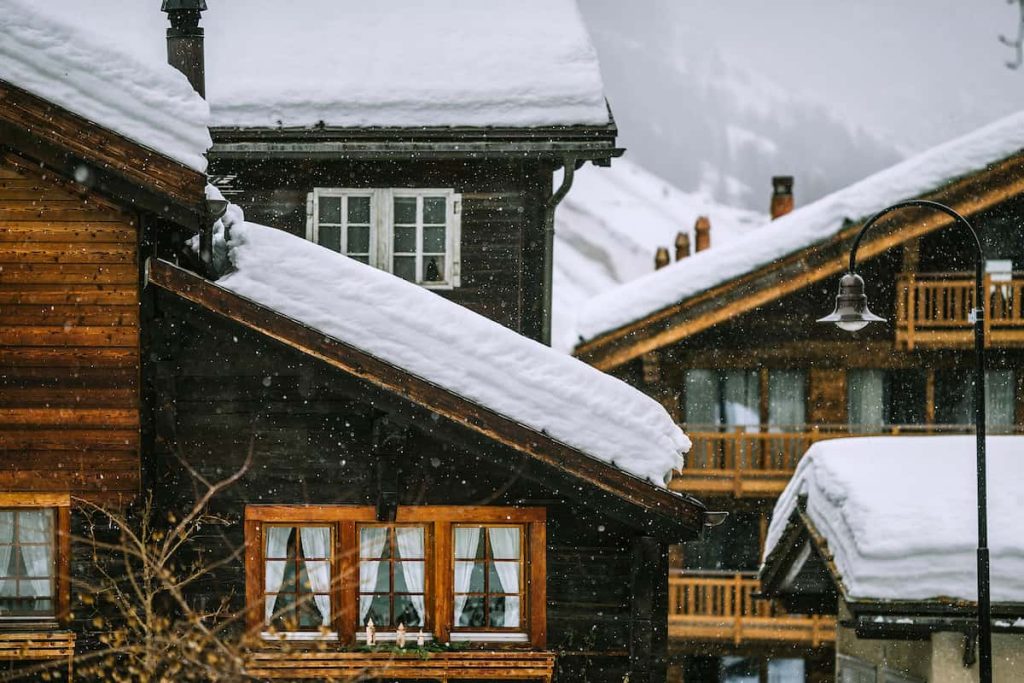
Local weather is a crucial factor in determining your roof’s longevity. For instance, strong winds are likely to blow tiles away, making the roof susceptible to moisture intrusion. Snow is heavy; when it piles up, your roof might not be able to support it and start to break. Meanwhile, heavy rainfall can clog up your gutters and cause leaks.
While roof wear from inclement weather is normal, you can minimize its impact by choosing materials resistant to Madison’s specific climate. In effect, you’ll enjoy a safe and comfortable roof for longer.
Remember, your roof will wear down over time and form cracks, gaps, or missing shingles—it’s inevitable. However, ignoring it will only cause these issues to snowball into more costly and hazardous issues.
So, it’s up to you to keep up with regular roof maintenance. This practice involves hiring a professional to inspect your roof for any budding problems and perform the necessary roof repairs to prevent them from worsening.
Examine your roof closely. If you spot any of these telltale signs, you might be due for a replacement. It’s important not to delay it, as waiting too long could compromise your property’s structural integrity and make repairs more expensive.
Minor, periodic leaks are easily repairable with sealant. However, problems arise when they occur every time it rains. Your roof might develop mold and rot due to abnormally high moisture levels, putting everyone indoors at risk of collapse.
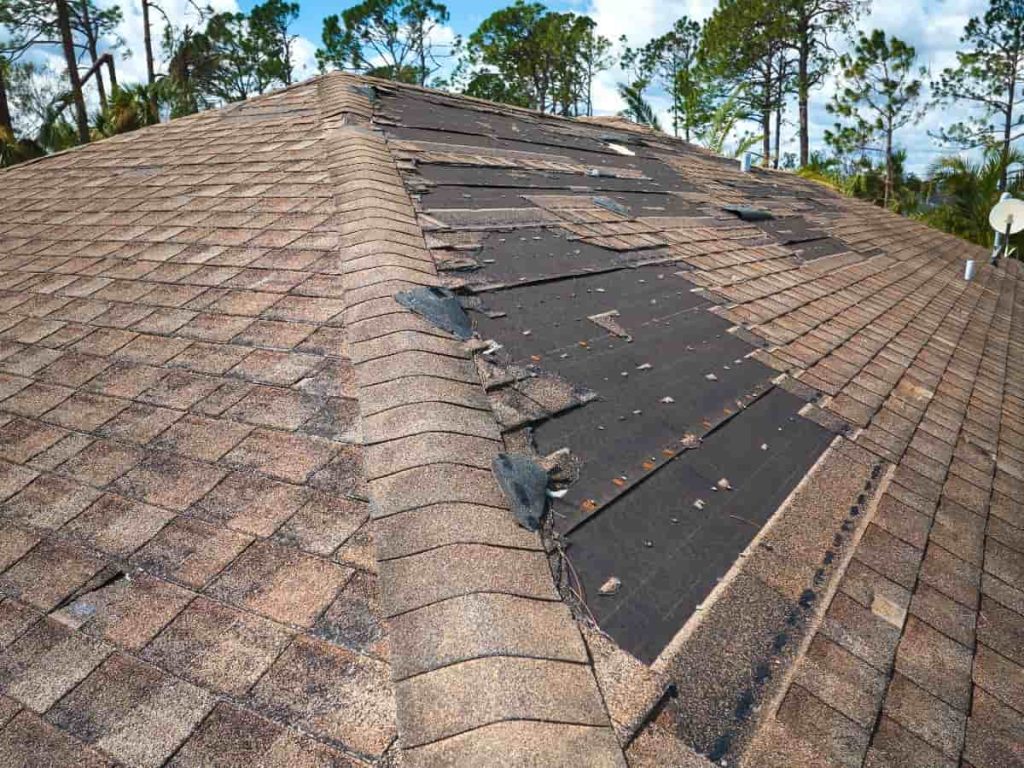
Shingles wick water away from the roof’s underlayment, allowing rainwater to roll into the gutter. If one goes missing or is damaged, rainwater goes directly underneath, making your interior susceptible to leaks and mold issues.
A sagging roof, regardless of whether the damage is only confined to a small area, is a compromised one. Its supports have weakened and could break down with heavy rain, snowfall, or strong wind.
Roof replacement isn’t cheap, but it’s necessary to preserve your home’s safety and energy efficiency. Let’s break down the cost of a complete replacement to help you budget.
Materials take up a considerable chunk of the cost. Asphalt shingles start at $3.50 per square foot, while wood—particularly cedar shingles—starts at $4. Meanwhile, tiles (clay) cost between $9 and $16.50 per square foot of tiles. As one of the most expensive roofing materials, metal can set you back by up to $40 per square foot.
Cost is why knowing your roof’s lifespan is crucial. Being able to estimate when a replacement is due will help you save up and prepare for these expenses so that a replacement won’t break the bank as much as otherwise.
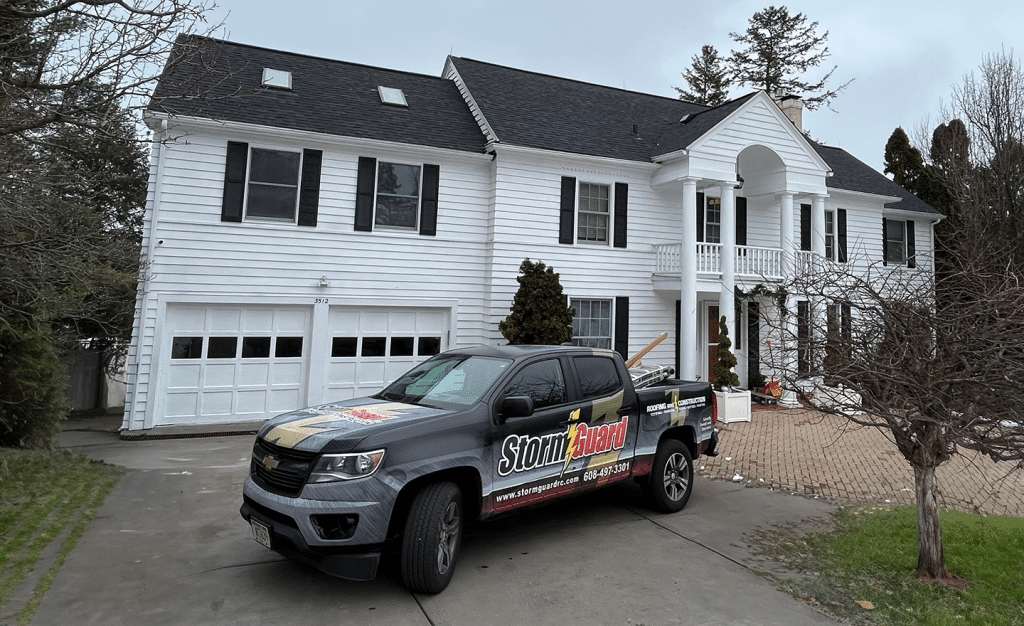
Of course, you can DIY your roof replacement, but results will vary depending on your skills and the available tools and equipment. The worst-case scenario is your new roof compromises your property’s structural integrity, putting everyone at risk.
It’s best to leave it to the professionals. An expert roofing contractor like Storm Guard Roofing and Construction of Madison will ensure proper installation to avoid premature problems. We’ll also keep up with repairs and maintenance to extend your roof’s lifespan so you can go on with your daily life without worry.
Ultimately, the answer to “How long do roofs last?” is to familiarize yourself with your roof. Every roofing system is different. That said, knowing the factors affecting its longevity—its material, your location, and how well you keep up with maintenance—will allow you to estimate its lifespan and take measures to maximize the returns on your investment.
Let us help you out. Storm Guard Roofing and Construction of Madison will assess the condition of your roof and determine how much time it has left before a replacement is due, enabling you to plan for your future roofing needs more effectively.

What is an Ice Dam & Where Do They Occur? An ice dam is a substantial ice formation that has …

Window replacement and upkeep are crucial aspects of home improvement. For one, a properly maintained window looks good and reinforces …
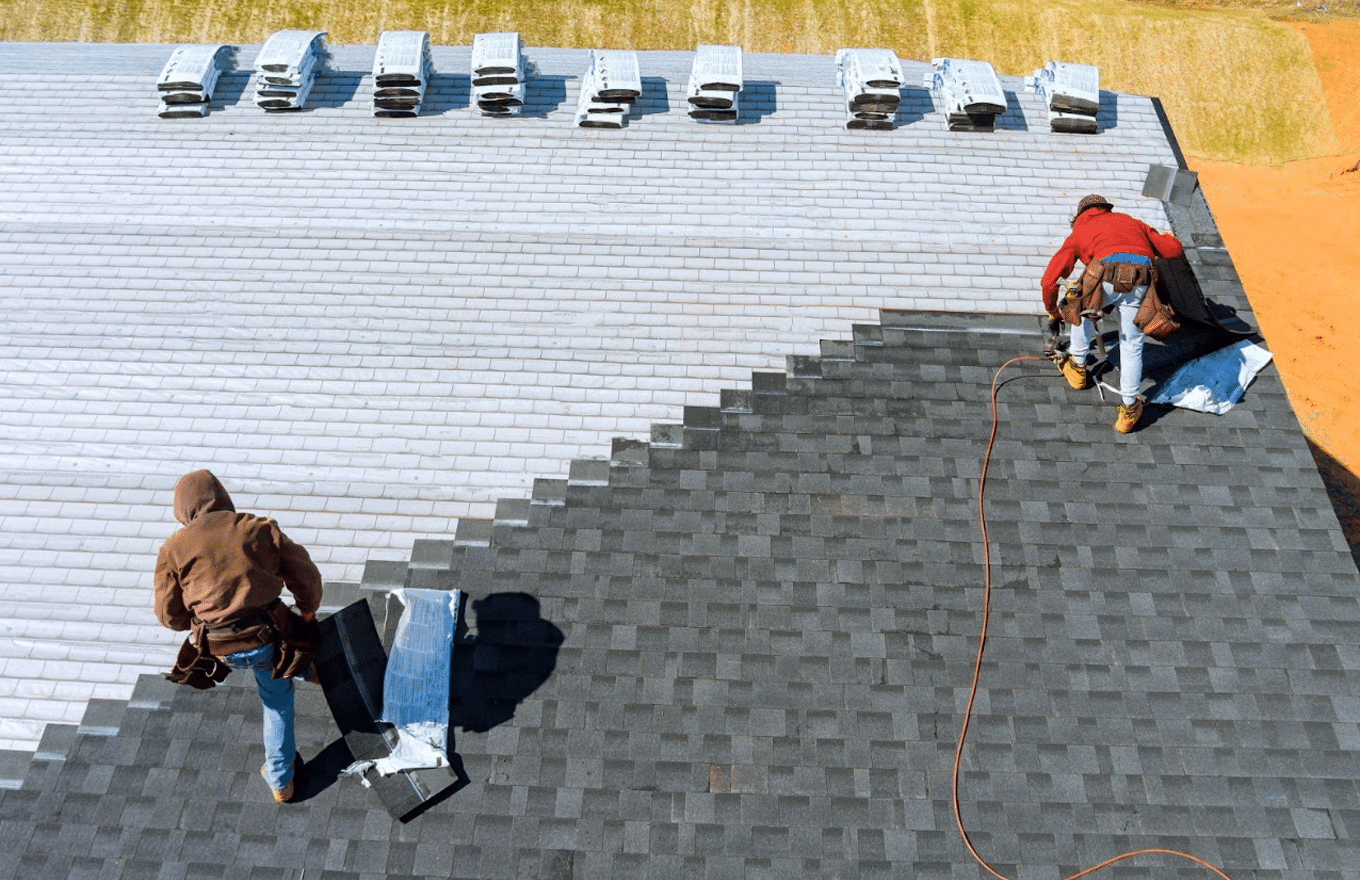
As the leaves start to change colors and the air turns crisp, homeowners often turn their attention to home improvement …
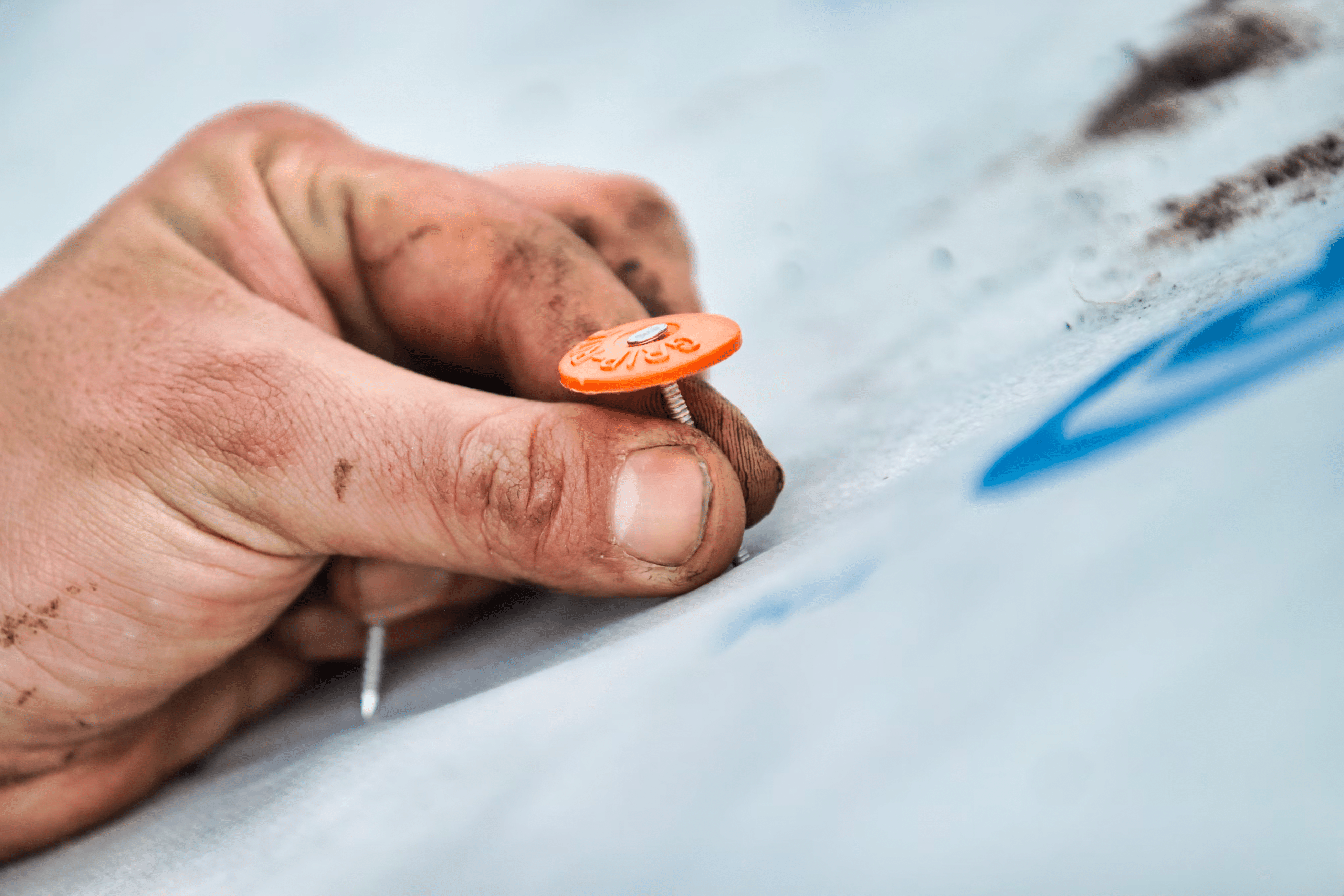
Ryan Engelbrecht, owner of Storm Guard Southern Wisconsin, knows that quality matters when it comes to your exterior projects. One …

Siding is a crucial component of your home. It keeps your property safe from rain, wind, and ultraviolet rays while …
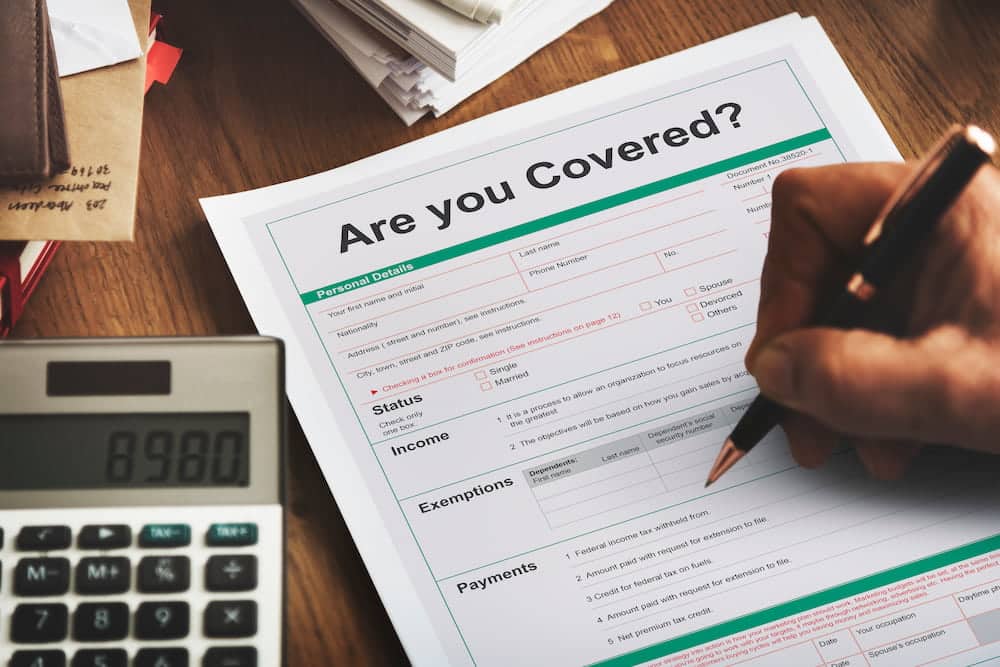
Roofing insurance provides financial protection against unexpected damages and repairs. However, inappropriate filing of claims can lead to denials, delays, …